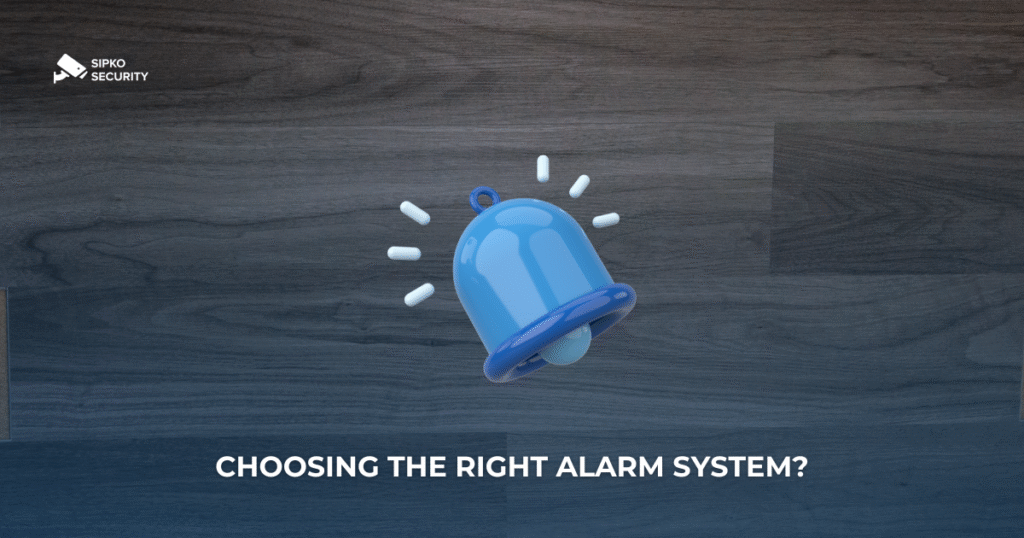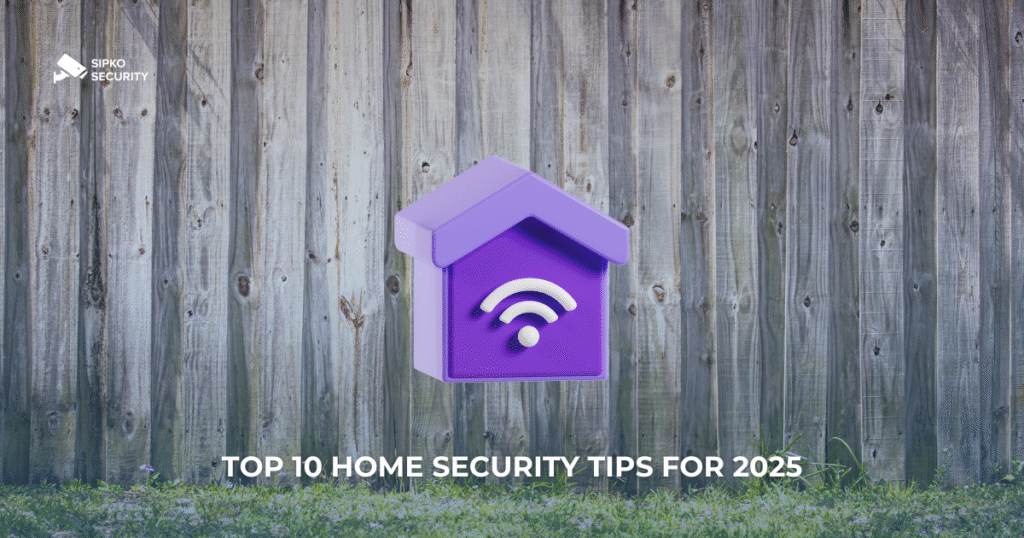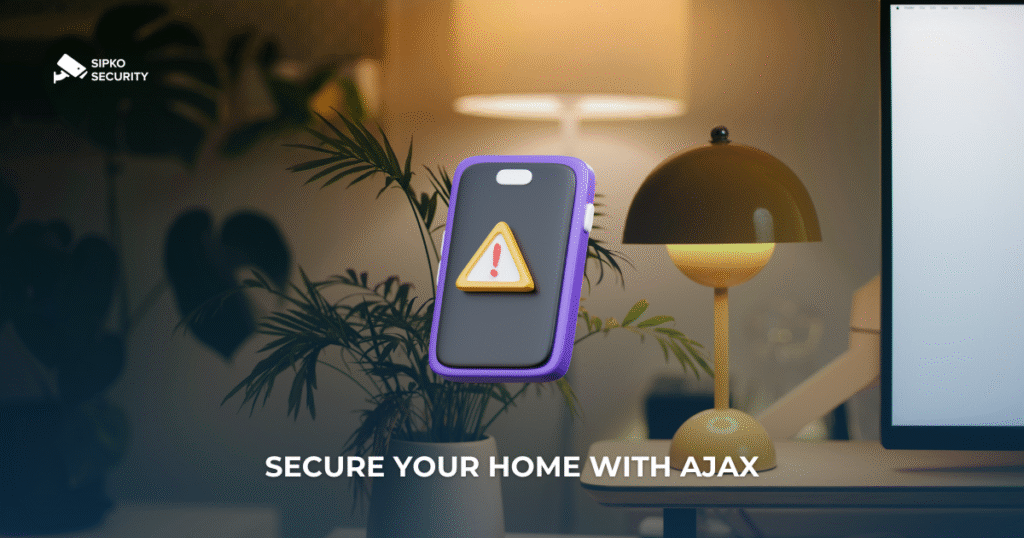Choosing the right alarm system for your home is an important decision that affects your safety, peace of mind and budget. With advancements in technology and a variety of options available in 2025, choosing the best system requires understanding your needs, evaluating features, and considering long-term costs. This article provides a comprehensive guide to help you make an informed choice, complete with a comparison chart and diagram to visualize key considerations.
Why you need a home security system
Home security systems deter intruders, alert you to potential threats and provide real-time monitoring. According to recent data, homes without security systems are up to 300% more likely to be burglarized. Beyond theft, today’s systems can detectes, carbon monoxide and even floods, providing comprehensive protection. With smart home integration, you can control and monitor your system remotely, making it more versatile than ever.
Key factors to consider when choosing an alarm system
1. Assess your home’s security needs
Every home is unique, and your security needs depend on factors such as location, home size, and lifestyle. Consider the following:
- Location: Homes in high-crime areas or remote locations may require more robust systems with cameras and 24/7 monitoring.
- Entry Points: Count the number of doors and windows that require sensors. Larger homes may need more equipment.
- Family dynamics: If you have pets, children or frequent visitors, look for systems with customizable alerts to avoid false alarms.
- Valuables: High-value items such as jewelry or electronics may warrant additional sensors or cameras.
Action Step: Create a checklist of vulnerable areas in your home, such as ground-floor windows, back doors, or garages, to determine the amount of coverage needed.
2. Types of alarm systems
There are three main types of alarm systems in 2025:
- Wired Systems: Hardwired into your home’s electrical system, these are reliable but require professional installation and are harder to modify.
- Wireless Systems: Battery-powered and easy to install, these are ideal for renters or those looking for flexibility. They rely on Wi-Fi or cellular signals.
- Hybrid systems: Combine wired and wireless components for reliability and scalability suitable for larger homes.
Considerations: Wireless systems dominate the market due to ease of installation and smart home integration, but wired systems may be better for permanent installations in areas with unreliable Wi-Fi.
3. Monitoring Options
Alarm systems can be monitored in one of three ways
- Professionally monitored: A security company monitors your system 24/7 and contacts authorities if necessary. Expect monthly fees ($20-$60).
- Self-monitored: You receive alerts on your smartphone and decide how to respond. No monthly fees, but you’re responsible for contacting authorities.
- Unmonitored: The system sounds loud alarms to scare off intruders, but doesn’t notify anyone. These are the least expensive, but the least effective.
Recommendation: Professional monitoring is ideal for maximum security, especially if you travel frequently. Self-monitoring suits tech-savvy users who are comfortable managing alerts.
4. Smart Home Integration
Modern alarm systems integrate with smart home platforms such as Amazon Alexa, Google Home, or Apple HomeKit. Features include
- Remote control via smartphone apps.
- Voice-activated commands.
- Integration with smart locks, lights, and thermostats for automated responses (e.g., lights turn on when motion is detected).
Tip: Ensure compatibility with your existing smart home devices to avoid ecosystem conflicts.
5. Key Features to Look for
When evaluating systems, prioritize these features:
- Motion sensors: Detect motion inside or outside your home.
- Door/Window Sensors: Alert you when entry points are opened.
- Cameras: Indoor/outdoor cameras with night vision and cloud storage.
- Environmental Sensors: Detect smoke, carbon monoxide, or water leaks.
- Mobile Alerts: Receive real-time alerts via text, email or app.
- Battery Backup: Ensures functionality during power outages.
- Two-Way Audio: Allows you to communicate with people at home or intruders via cameras.
Note: Look for systems with adjustable sensitivity to reduce false alarms caused by pets or environmental factors.
6. Installation and Maintenance
- Professional Installation: Ensures proper setup, but can cost $100-$500. Ideal for wired or complex systems.
- DIY installation: Wireless systems are usually plug-and-play, which saves money but requires basic technical skills.
- Maintenance: Check battery life, test sensors monthly, and update software to prevent vulnerabilities.
Pro Tip: Choose a system with a user-friendly application for easy maintenance and troubleshooting.
7. Cost Considerations
Costs vary depending on equipment, installation, and monitoring:
- Upfront costs: $100-$1,000 for equipment (sensors, cameras, control panels).
- Installation fees: $0 (do-it-yourself) to $500 (professional).
- Monthly monitoring fees: $0 (self-monitored) to $60 (professional).
- Additional Costs: Cloud storage for video ($5-$20/month), replacement batteries, or extended warranties.
Budget Tip: Compare upfront costs with long-term savings. Do-it-yourself self-monitoring systems are cost-effective, but may not provide a professional response.
8. Brand Reputation and Customer Support
Research brands for reliability, customer reviews, and support:
- Top Brands in 2025: ADT, SimpliSafe, Ring, Vivint, and Abode are known for quality and innovation.
- Customer Support: Look for 24/7 support, clear warranty terms, and responsive service.
- Reviews: Check platforms like X or consumer review sites for real-world feedback.
Action Step: Search for recent posts on X about user experiences with specific brands to gauge reliability.
9. Scalability and Future-Proofing
Choose a system that can grow with your needs:
- Expandability: Can you add more sensors or cameras later?
- Software Updates: Regular updates ensure security against cyber threats.
- Compatibility: Ensure the system supports new devices or protocols (such as Matter, a universal smart home standard).
Recommendation: Choose modular systems such as SimpliSafe or Ring that allow for easy expansion.
Comparison Table: Popular Alarm Systems in 2025
| Brand | System Type | Monitoring | Upfront Cost | Monthly Fee | Smart Home Integration | Key Features |
|---|---|---|---|---|---|---|
| ADT | Wired/Hybrid | Professional | $500-$1,000 | $40-$60 | Alexa, Google Home | 24/7 monitoring, professional install |
| SimpliSafe | Wireless | Optional | $200-$500 | $15-$30 | Alexa, Google, Apple | DIY install, affordable monitoring |
| Ring | Wireless | Optional | $200-$400 | $10-$20 | Alexa, Google | Cameras, doorbell integration |
| Vivint | Wireless/Hybrid | Professional | $600-$1,200 | $40-$60 | Alexa, Google, Apple | Advanced automation, 4K cameras |
| Abode | Wireless | Optional | $200-$600 | $7-$20 | Alexa, Google, Apple, Z-Wave | Flexible plans, DIY install |
Alarm System Costs Comparison (2025)
Note: Prices are approximate and based on 2025 market trends. Check official websites for exact costs.
Additional Tips for 2025
- Cybersecurity: Make sure the system uses encryption (e.g., AES-256) to protect against hacking.
- Battery life: Look for systems with long-lasting batteries (1-2 years for sensors).
- Trial periods: Many brands offer a 30-day trial. Try the system before you commit.
- Insurance Discounts: Some insurers offer up to a 20% discount on homeowners insurance for installed alarm systems.
Common mistakes to avoid
- Ignoring false alarms: Systems without pet-friendly sensors or adjustable sensitivity can frequently trigger false alarms.
- Overlook contracts: Professional monitoring often requires long-term contracts. Read the terms carefully.
- Neglecting maintenance: Failing to test or update the system can lead to failures during emergencies.
- Choosing on price alone: Cheap systems may lack essential features or reliability.
Conclusion
Choosing the right alarm system in the year 2025 involves balancing your home’s needs, budget, and desired features. Start by assessing vulnerabilities, then compare wired, wireless or hybrid systems. Decide between professional or self-monitoring based on your lifestyle, and prioritize smart home integration for added convenience. Use the comparison chart to evaluate top brands and the decision diagram to guide your process. By investing time in research and choosing a reputable brand, you can ensure that your home remains safe and secure.


